Hey there, are you interested in ISO 9001? Well, you’re in the right place. This blog covers ISO 9001 Clause 9, to be exact. This blog is in fact part of a mini-series where the ISO 9001 standard is put under the spotlight and examined really closely. If you haven’t looked at the other blogs or videos, then I highly recommend to view them to gain a better understanding of what ISO 9001 is all about.
So without much further ado let’s start with this blog about ISO 9001 Clause 9. If you’re more of a listener, you can go ahead and listen to the video. They’re exactly the same.
ISO 9001 Clause 9 is split into 3 main sections:
- ISO 9001 Clause 9.1 | Monitoring, Measurement, Analysis and Evaluation
- ISO 9001 Clause 9.2 | Internal Audit
- ISO 9001 Clause 9.3 | Management Review
ISO 9001 Clause 9.1 | Monitoring, Measurement, Analysis and Evaluation
ISO 9001 Clause 9 .1 talks about monitoring, measurement, analysis and evaluation. The standard says that the organization shall determine what needs to be monitored and measured, what methods for monitoring, measurement, analysis and evaluation are needed to ensure valid results.
And effectively here we are considering two main things. First of all, we have the quality objectives which have already been discussed in clause 6 .2. That is definitely one of the main places where we are going to monitor the performance evaluation.
But then we have other metrics for example, metrics relating to processes, metrics relating to quality, any other KPIs relevant to your organization we need to define those and make sure that we have an agreed way in which such performance evaluation will be monitored.
The standard says that the organization shall evaluate the performance and effectiveness of the quality management system and that it shall be retained as documented information. The performance of the quality management system, in my opinion, should be monitored through the quality objectives and that has been already discussed in clause 6, as I have mentioned.
Therefore, no particular action is needed to meet the requirements of ISO 9001 Clause 9.1.1 as this is rather repetitive. By now, we have become accustomed to the standard repeating itself every so often.
ISO 9001 Clause 9.1.2 | Customer Satisfaction
Now we can move on to ISO 9001 clause 9 .1 .2, which talks about customer satisfaction. We have to monitor customer satisfaction and the organization shall monitor customers’ perceptions of the degree to which their needs and expectations have been fulfilled. This is what is stated by the standard.
This is a very interesting statement which talks about the perception. So, the perception can be or cannot be accurate, but that’s what we have to understand. Do clients feel like they were treated fairly by our organization?
Do they think that we’ve managed to meet their needs successfully? The standard goes on to say that the organization shall determine the needs for determining the methods for obtaining monitoring and reviewing this information.
There are different ways in which we can get customer feedback. For example, customer surveys, customer feedback on delivered products and services, meeting with customers, one -to -one meetings, and focus groups. We can also have market share analysis, compliments, warranty claims and dealer’s reports. We can have feedback on our social media. We can analyze the amount of clients generating repeat business. We can analyze the number of referrals.
There are different ways in which we can check whether clients are happy with our service.
ISO 9001 Clause 9.1.3 | Analysis and Evaluation
This sub-clause talks about analysis and evaluation. This includes some of the elements that we have to evaluate. For example, conformity to products and services, the degree of customer satisfaction, the performance and effectiveness of the QMS, the quality management system.
All of these topics have been mentioned in other clauses in the standard. And once again, there is nothing else you need to do to meet the requirements of ISO 9001 clause 9 .1 .3 if you are meeting the requirements of other clauses.








